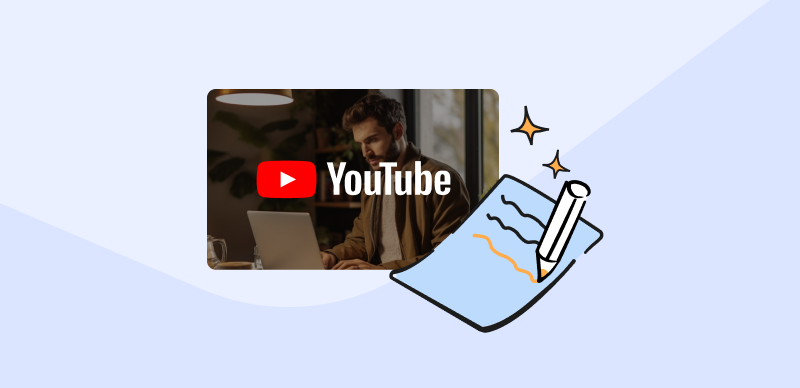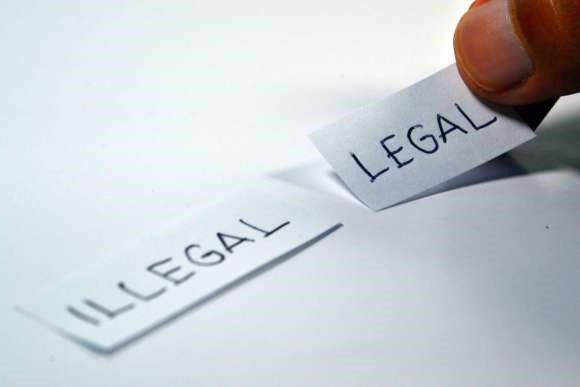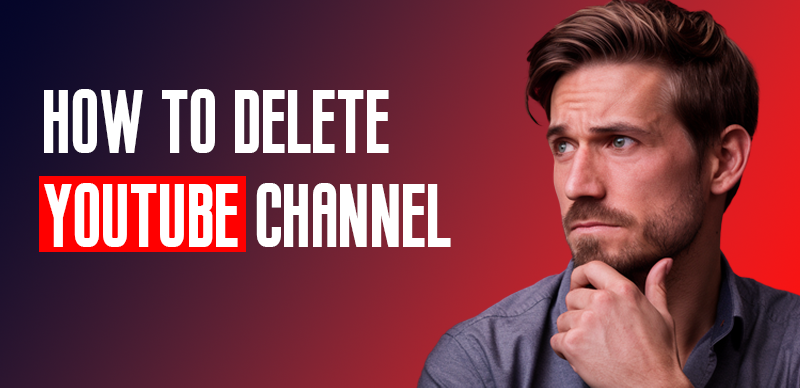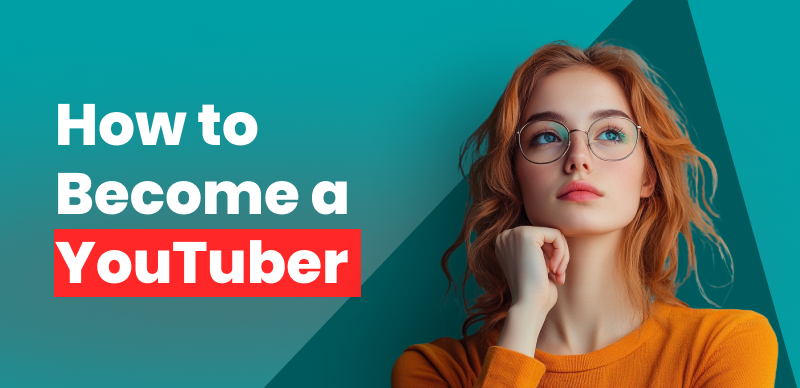How to Handle Copyright Issues on YouTube?

Last Updated: Sep. 16, 2024 | FEATURED IN: Youtube 101 >
In the digital age, copyright compliance is crucial for content creators, especially on platforms like YouTube, where sharing and reusing content is prevalent. Navigating the complexities of copyright law can be daunting, but understanding it is essential to avoid legal issues and protect your channel. This article aims to guide you through the process of handling copyright issues on YouTube effectively.

how to handle copyright issues on YouTube?
What to Do If You Receive a Copyright Claim on Youtube?
If you receive a copyright claim on YouTube, here are the steps you should take:
1.Stay Calm: Receiving a copyright claim can be stressful, but it’s important to stay calm and assess the situation.
2.Review the Claim: Check the details of the claim in your YouTube Studio. Understand what content is being claimed and who is making the claim.
3.Verify Validity: Ensure the claim is legitimate. Sometimes, claims can be made in error or by automated systems. Verify if you have the rights to use the content or if it falls under fair use .
4.Options for Response:
- Accept the Claim: If the claim is valid, you can accept it. This might mean that the copyright owner will monetize your video, or it could be blocked in certain regions.
- Remove or Replace Content: You can choose to remove the infringing content or replace it with content that you have the rights to use.
- Dispute the Claim: If you believe the claim is incorrect, you can file a dispute. Provide evidence to support your case, such as proof of permission or fair use documentation.
- Contact the Claimant: Sometimes, reaching out to the copyright owner directly can help resolve the issue. They might be willing to retract the claim if you explain your situation.
- Prevent Future Claims: To avoid future copyright claims, use licensed or royalty-free content, and always ensure you have the proper permissions for any copyrighted material you use.

YouTube
Consequences of Copyright Infringement
Copyright is a legal right that protects original works of authorship, including videos, music, and artistic creations. On YouTube, content is protected by copyright laws, and the platform has policies in place to uphold these laws. YouTube’s policies require users to respect copyright. Violating these policies can lead to penalties:
1.Copyright Strikes: YouTube operates on a three-strike system. Each strike can limit your channel’s functionalities, such as live streaming. Accumulating three strikes within 90 days can result in the termination of your account and removal of all your videos.
2.Content Removal: Infringing content is often removed from the platform. This can disrupt your channel’s content schedule and impact viewer engagement.
3.Monetization Loss: If your video is found to infringe copyright, you may lose the ability to monetize it. Revenue generated from the video could be redirected to the copyright owner.
4.Channel Suspension: Repeated infringements can lead to temporary or permanent suspension of your channel, affecting your ability to reach your audience.
5.Legal Action: In severe cases, copyright holders may pursue legal action, which can result in financial penalties and legal costs.
6.Reputation Damage: Being flagged for copyright infringement can harm your reputation, making it harder to build trust with your audience and potential collaborators.
To avoid these consequences, it’s crucial to respect copyright laws, use original content, or obtain proper permissions for any copyrighted material you wish to use.

Consequences of Copyright Infringement
What is Common Copyright Issues on YouTube
Copyright infringement on YouTube can occur in various forms, such as:
1.Using copyrighted music: Incorporating music tracks, even short segments, without proper licensing or rights can lead to infringement.
2.Reposting others’ work: Uploading videos created by someone else without permission is a direct form of copyright violation.
3.Using clips from movies or TV shows: Including clips from copyrighted films or series can be considered infringement unless it falls under fair use.
4.Incorporating copyrighted images or artwork: Videos that use images, logos, or artwork without authorization may violate copyright laws.
5.Product placements without consent: Displaying branded products in a video for promotional purposes without the brand’s consent can also be infringement.
These issues can negatively impact a channel, leading to strikes, demonetization, and even account suspension in severe cases.
How to Avoid Copyright Infringement
To avoid copyright infringement, follow these tips:
1.Create Original Content: The safest way to avoid copyright issues is to produce your own unique content.
2.Use Copyright-Free Material: Utilize royalty-free music and video clips that are available for use without permission.
3.Seek Permission: If you want to use copyrighted material, ask for permission from the copyright holder.
4.Understand Fair Use: Be familiar with the concept of fair use, which allows limited use of copyrighted material without permission for purposes like commentary, criticism, and education.
Conclusion
Take the time to review your video content for potential copyright issues and utilize YouTube’s resources to manage your rights. Stay vigilant and proactive in protecting your channel and your creative work.


